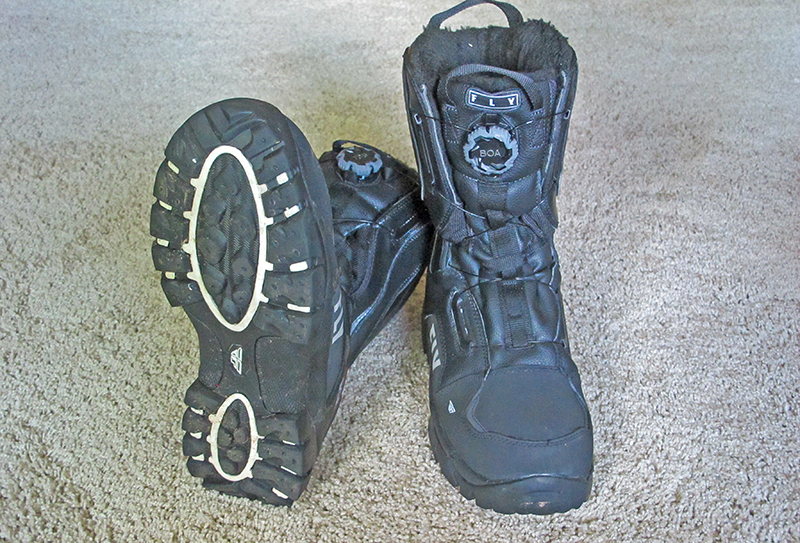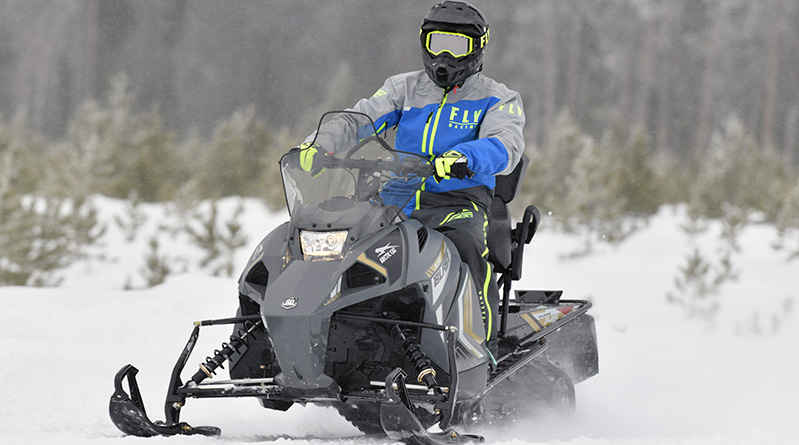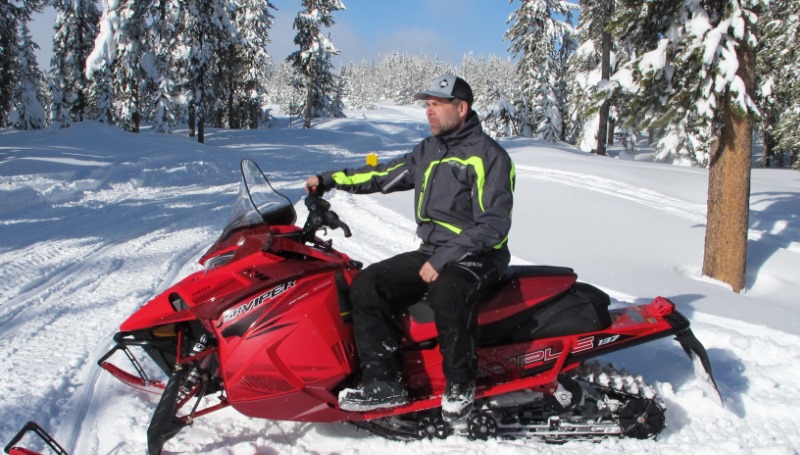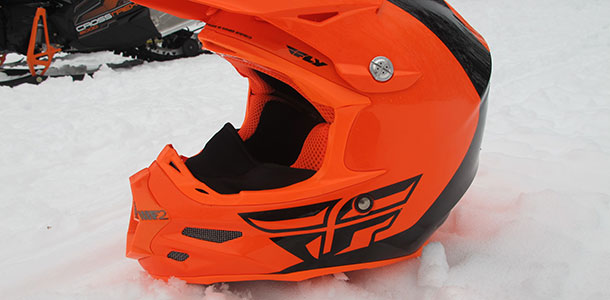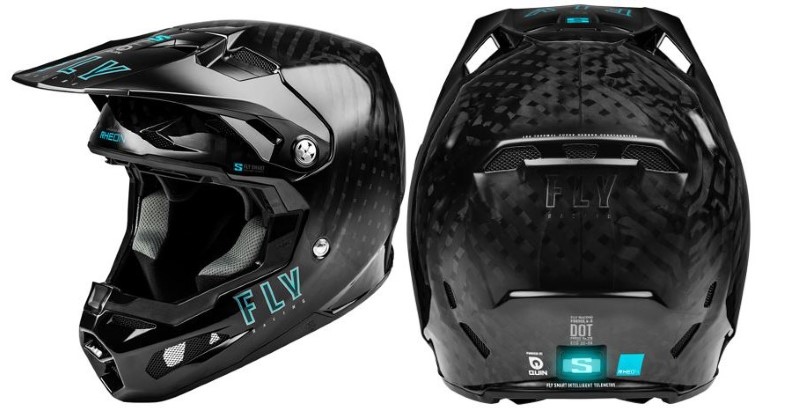
Use of high-tech features is rapidly expanding within the powersports segment. On snowmobiles, motorcycles and UTVs, that can include everything from drive modes to self-adjusting shocks and much more.
One thing some folks may overlook is the rapid evolution of technology in helmets in recent years. That includes lids with internal dampers that dissipate energy that would normally go to your cranium.
But recently, we got a sneak peek of a new Formula S helmet from Fly that has built-in sensors that can detect and measure crashes or impacts. Plus, when tied into an app on your phone, it can call for help if a crash is detected. On top of all of that, it can also give ride analytics. That includes live GPS tracking, speed, acceleration rates and more.
By happenstance, we caught up with Fly Racing Marketing & Sales Manager Jason “JT” Thomas for lunch on his way to the Millville MX races recently. And he gave us a look at the helmet that was being unveiled that weekend.
The Fly Formula S felt extremely light when he handed it to us – thanks to its carbon fiber shell. It also has a sled of high-tech energy absorption technologies and system. Hidden in the back of the brain bucket, though, was the newest science.
The Fly Racing Smart Intelligent Telemetry By Quin
The helmet is a result of a partnership between Fly and Quin. Most snowmobilers and motocross fans are familiar with Fly Racing. Quin, though, is a newer company that specialized in crash detection for motorcyclists.
In the case of this new helmet, three Quin sensors are embedded into the helmet and constantly evaluate data when the helmet is in use. It feeds that data to a app on your smartphone. If you crash, it will know, and it will record how many g’s were absorbed by the helmet. It can also automatically reach out to emergency contacts that you select or other riders in your group.
Beyond that, it also can provide very detailed data on your ride. That includes your acceleration and deceleration rates, your max speed, your elevation, etc. In a motocross application, it can also record lap times, the lines chosen, etc. Thomas said the sensors have amazing capabilities for data collection. The biggest challenge, he said, was building details into an app that could use the information.
The helmet will “wake up” and kick-in the sensors when it senses movement and will flash a blue light in a small “sensor “S” tab on the back of the helmet. If there’s a crash, it’ll flash red.
We asked Thomas about the battery life and were amazed when he said the helmet sensors will hold a charge for up to 60 days after a two-hour charge, depending on usage. That’s in summer conditions – we’re guessing cold air will sap it more quickly, but it’s an impressive number nonetheless.
A video describing its use is posted below. It’ll be interested to see where helmet tech goes from here.
Editor’s Note: Every Snow Goer issue includes in-depth sled reports and comparisons, aftermarket gear and accessories reviews, riding destination articles, do-it-yourself repair information, snowmobile technology and more. Subscribe to Snow Goer now to receive print and/or digital issues.

